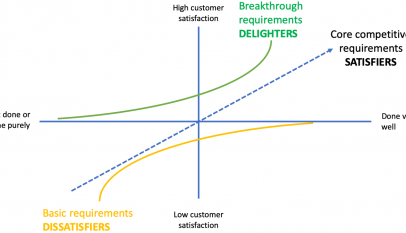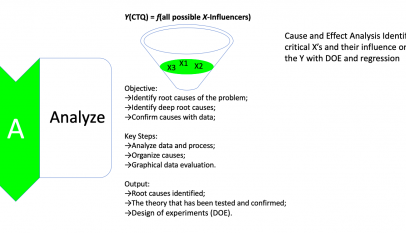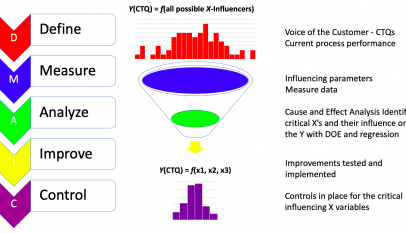In any organization, deviations from expected results often signal the need for a deeper investigation. Root Cause Analysis (RCA) Stacking is a powerful method to uncover and resolve these issues systematically.
Understanding RCA Stacking
RCA Stacking integrates causal factor analysis and root cause analysis into a unified process. By layering these two approaches, investigators can dissect complex problems more effectively. The goal is to identify not just what went wrong but why it happened at multiple levels.
Key components of RCA Stacking include:
- Causal Factors: Mistakes or failures that contribute to the deviation. They are analyzed in three categories:
- Initiating Errors: The initial missteps.
- Stop/Catch Errors: Missed opportunities to prevent the deviation.
- Mitigate Errors: Failures to contain the deviation’s impact.
- Root Causes: Deeper issues behind causal factors. Eliminating these ensures the deviation does not recur.
The Process of RCA Stacking
- Gather Data: Begin with a thorough investigation to collect relevant facts and evidence. This foundation is critical for meaningful analysis.
- Identify Causal Factors: Use tools like the Fishbone Diagram to categorize contributing factors systematically.
- Analyze Root Causes: Apply RCA tools like the 5 Whys or Fault Tree Analysis to delve into the root causes of each identified factor.
- Implement Corrective Actions: Develop solutions that address root causes to prevent future occurrences.
Why Choose RCA Stacking?
Traditional analysis methods often overlook key factors, leading to incomplete conclusions. RCA Stacking ensures no detail is missed, thanks to its layered approach. Benefits include:
- Enhanced Accuracy: A systematic review reduces errors and bias.
- Improved Efficiency: Structured processes make investigations faster and more reliable.
- Actionable Insights: The method connects data to clear, corrective actions.
Tools for RCA Stacking
A variety of tools can be employed at different stages of RCA Stacking, such as:
- Fishbone Diagram: Maps out causal factors visually.
- 5 Whys: Drills down into the root of each issue.
- Brainstorming and Fault Trees: Facilitate group analysis and explore complex problems.
Making RCA Stacking Work for You
Integrating RCA Stacking into your processes requires training, clear guidelines, and practice. Start small, with manageable investigations, and scale up as your team gains confidence. Remember, the strength of RCA Stacking lies in its disciplined yet flexible approach.
Final Thoughts
Root Cause Analysis Stacking is not just a tool—it’s a mindset for tackling problems with depth and precision. Organizations can move beyond surface-level fixes by adopting this method to achieve lasting improvement.

















